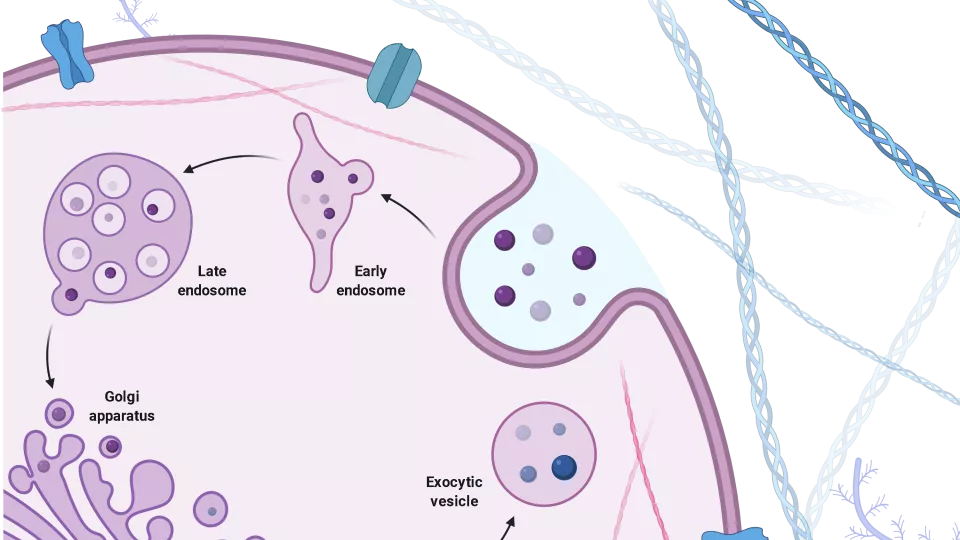This study provides a new strategy to comprehensively profile and monitor the hypoxic status of gliomas by exploring how the proteome of secreted extracellular vesicles (EVs) could reflect hypoxic glioma cells.
It is proposed, for the first time, that an EV protein signature could comprehensively reflect the hypoxic status of high-grade glioma cells by indicating molecular proximity to Mesenchymal subtypes, which should motivate future exploratory studies its utility in non-invasive diagnosis/monitoring of brain tumor patients.


